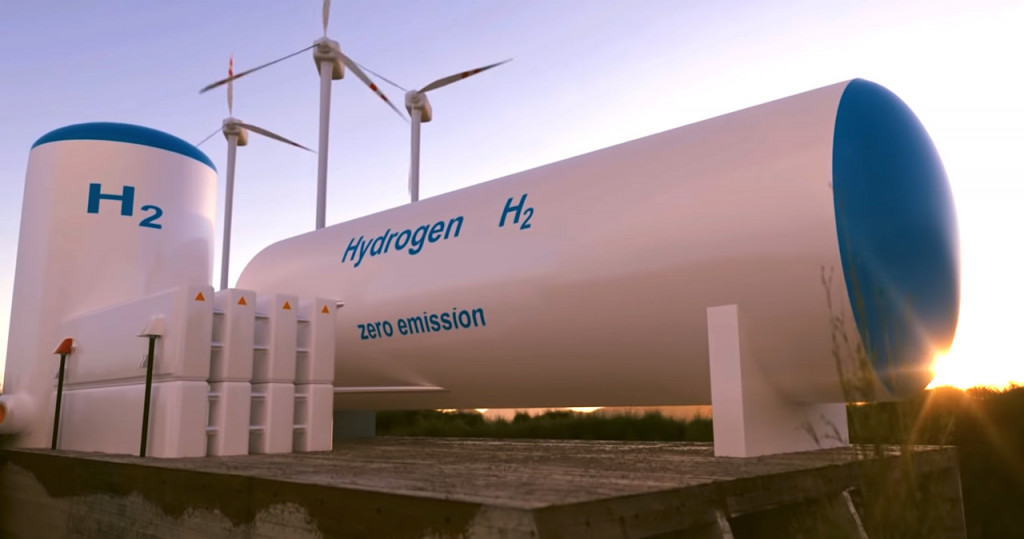The U.S. Department of the Treasury missed its deadline to release guidance defining what kind of hydrogen production will qualify for maximum tax credits under the Inflation Reduction Act (IRA).
The agency had a year from the passage of the IRA last August to release this guidance, which will help producers determine how to net tax credits of up to $3 per kilogram of hydrogen, according to Automotive News. The tax credit is meant to incentivize climate-neutral “green hydrogen” over other methods that are carbon-intensive.
Producers now expect the guidance in September or October, according to Automotive News, which cited Frank Wolak, CEO of the Fuel Cell and Hydrogen Energy Association.
2019 Kenworth Toyota T680 FCET class 8 semi-trailer truck
Guidance on the hydrogen credit, 45V, has been missing an important piece in a lack of definition of green hydrogen. Environmental groups are hoping the guidance swings in favor of hydrogen produced through electrolysis, a process that strips hydrogen out of water using electricity, but only if said electricity comes from renewable sources, according to the report.
Industry groups reportedly oppose this because it will require new infrastructure. But as the Rocky Mountain Institute and others have pointed out, true green hydrogen, from renewable energy, will be ready to scale up this decade.
As consulting and market-research giant Wood Mackenzie reported this past March: “These rules, which are currently being defined by The Treasury Department, could have significant implications for the economic competitiveness of electrolytic or green hydrogen projects and the CI (carbon intensity) and absolute emissions of power grids.” In other words, there’s a lot riding on the Treasury Department’s decision and the impact it will have on the cost of green energy and end-product carbon claims.

Kia hydrogen fuel cells for production plants
“Policymakers and regulators are in the tough position of navigating the trade-off between carbon emissions and green hydrogen economics within the context of rapidly changing US power markets,” Mackenzie Wood summed.
Hydrogen produced using electrolysis currently costs $5 per kilogram to $6 per kilogram if electricity comes from nuclear or wind power, according to Automotive News. Only 1% of U.S. hydrogen is currently produced using electrolysis. Almost all of the hydrogen is made using steam-methane reforming, which costs less than half that but produces high levels of carbon emissions.

Electrolysis using electricity produced by burning fossil fuels is also produces significant emissions—twice the amount of other forms of hydrogen production, according to the Energy Department—but the Biden administration has signaled it may incentivize this, according to the report.
In anticipation of tax credits, suppliers such as Bosch have ramped up efforts to produce necessary equipment like electrolyzers. Although it’s unclear how such a credit might allow for different sources like natural gas or landfill methane—or carbon-capture tech.
It’s also unclear whether the hydrogen economy supporting this will also favor red states, as with the battery-electric vehicle supply chain, but it’s likely that economy is potentially quite large. Hydrogen also shows promise for aircraft, trains, and even ferries, in addition to road vehicles.
With more wind and solar over the next decade, combined with the lower costs of all the needed equipment, green hydrogen might become viable—and regulators can’t undersell that. A tough position indeed.
—
with reporting by Bengt Halvorson
